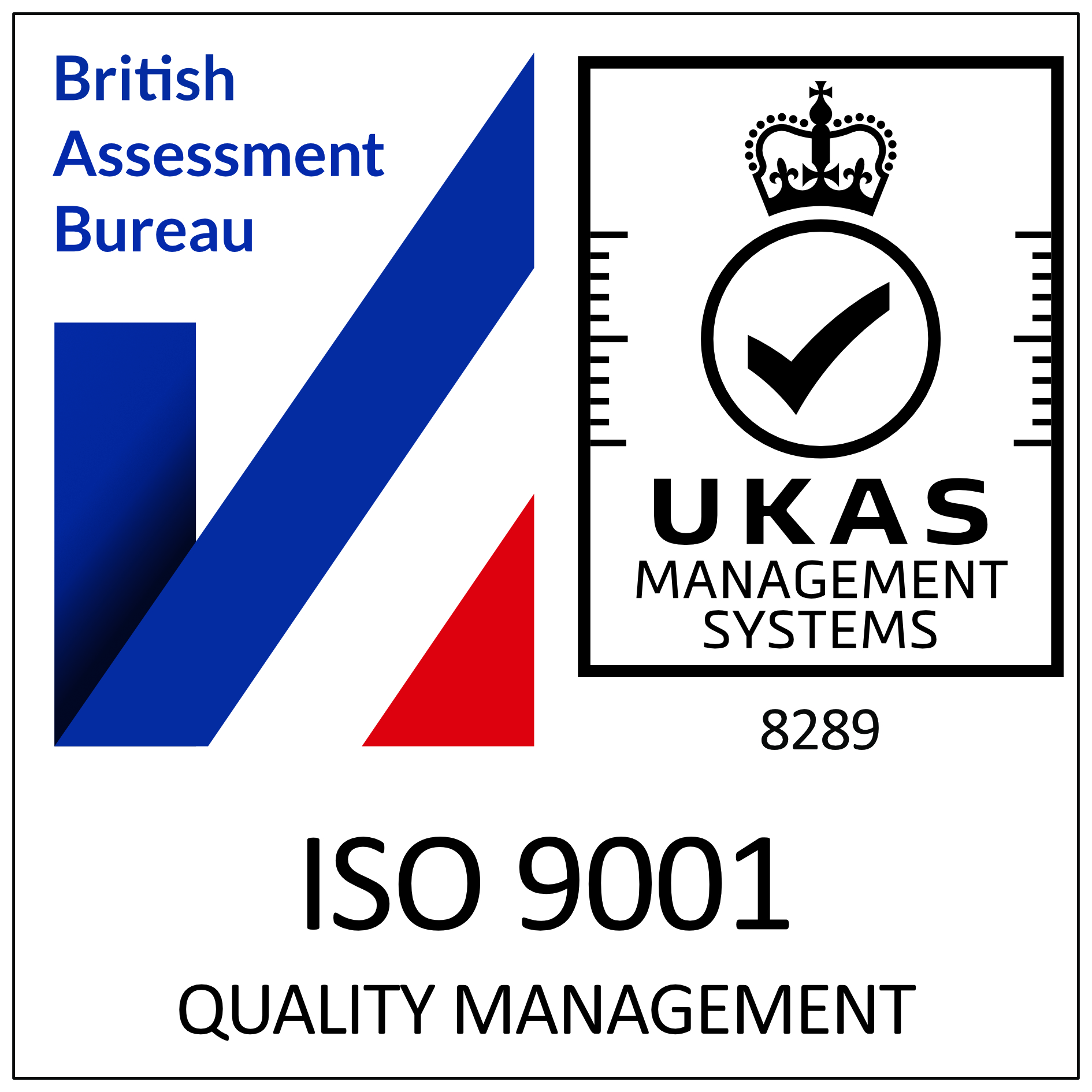
As is well documented, the UK Government recently had to change tack with the lockdown rules, moving from a series of 3 Local COVID Alert Levels to an England-wide lockdown. This was driven by data and a need to act fast once again to curb the spread of Coronavirus.
Business leaders should look to this recent demonstration of change as an example of how quickly we need to act in ever evolving and changing circumstances. Embrace the inevitable need to change both quickly and efficiently. If the evidence is that change needs to happen, do not be afraid of it. Yes, change can be operationally challenging and cause pain, but don’t let that hold you back. The sooner you can act, the sooner your business will benefit and get back on track.
As a fast-growing SME, at The Curve Group we are constantly looking at ways to deliver a high-quality service in the most efficient way. Recently, this focus has led to an internal restructure to further blend our operational teams in order to foster a more harmonious service and internal culture as well as an accelerated investment in additional technology in order to enhance our digital delivery capabilities.
As Chief Operating Officer of The Curve Group, I wanted to share some tips on how to effectively manage change in an ever-evolving business landscape:

Start with the ‘Why?’
Before leaping in to making any changes, make sure you know your ‘Why?’ – the root cause of why change is needed. This ‘Why?’ needs to be the constant benchmark that you as a leader and your teams should keep in mind throughout the change management process to keep you all on track and accountable.
Keep your customers at the front of your mind at all times and listen to what they need – their feedback will provide you with one of the most important catalysts for change.
Take time out to really look at and think about your infrastructure, technology, service offerings, sales positions and team format. Are there ways you can make improvements? Can you make processes more efficient? Why bother? The answer is easy – so that you can retain and delight your customers whilst shoring up your business so that it remains resilient during what feels like it could be a long period of the unknown.

Keep your long-term strategy in mind but don’t be afraid to change the journey or even the end goal
You may have spent countless hours formulating and finessing your 1, 3 or 5 year strategies. Those strategies may well need to change due to the impact of the pandemic.
Whether it be because of the negative or positive impact on your business, it is likely that you’ll still be able to achieve your longer-term goals if you can re-think the path to achieving them. For example, you may have planned to invest in implementing new technology in year 3 of your 5-year plan. Now, with the greater immediate need for digital and remote practices, if you can, consider bringing this investment forwards and managing that change process sooner. This will provide your business, employees, and clients with the facilities they need now.

Ensure you bring key stakeholders from each of the relevant business areas into the change process as early on as possible to ensure their buy-in.


Engage your teams
When more than one business area will be affected or needs to be involved, ensure you bring key stakeholders from each of those areas into the change process as early on as possible to ensure their buy-in. Make sure you have mapped this change plan into simple steps and empower your leaders to contribute, take ownership and accountability of key stages in the process.

Communicate even if the messaging is hard
Change may mean redundancies – as is often the case at the moment. On the plus side, it may also trigger development of new services or targeting new customers. These are both tricky tasks so either way, communicate the ‘Why?’, ‘How?’ and ‘When?’ to your entire business so that everyone feels informed. This way, the motivation for the change is clear and transparent to all and the speculation is kept at bay. This will have a significant impact on team morale and engagement so do not overlook the importance of sharing information, even with those who are not directly impacted.

Communicate the ‘Why?’, ‘How?’ and ‘When?’ to your entire business so that everyone feels informed. This way, the motivation for the change is clear and transparent to all and the speculation is kept at bay.


Do not neglect your paperwork
When implementing any fundamental changes which will significantly affect the way that your business will run or your teams will be expected to work, make sure these changes are reflected in your HR policies and employment contracts. Not only will you need to make sure you remain compliant with any UK law requirements, but these documents also act as a gateway to your company culture and employee value proposition. If you position your company as agile and responsive and reflect this in your policies and contracts, this will certainly help you to make structural changes.
Watch the free webinar we recently delivered on Employment Contracts & HR Policies.
And finally, remember change is constant. It is normal to have a number of change management programmes on the boil at once, just make sure that you prioritise, communicate and plan so that you will be able to execute them effectively.











